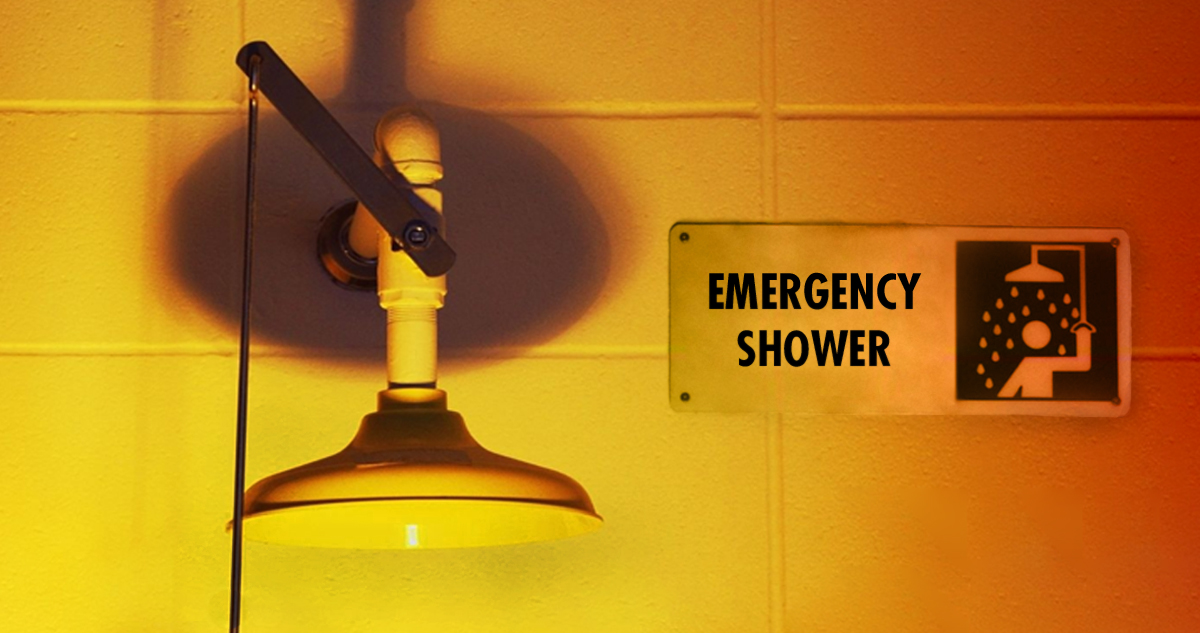Laboratories can be dangerous places. Over the last decade, multiple investigative reports documented that lab accidents are not one-off mishaps—rather, they are symptoms of inadequate training. Although the American Chemical Society declared lab safety a core professional value in 2018, lab disasters are still too frequent. The death of an undergraduate at Yale University in 2011 and the maiming of a postdoc at the University of Hawaii in 2016 testify that the problem is not solved.
“Working in the lab is a lot like driving a car,” said Arthur Wollocko, Senior Software Engineer at Charles River Analytics. “Speeding on the wrong side of the highway or blowing through red lights is reckless and really dangerous. But learning and following road rules keeps drivers safe. Labs carry similar risks—we have to teach basic safety rules before personnel enter a high-stakes environment.”
Wollocko and team developed a virtual reality (VR) training system for the National Institute of General Medical Sciences (NIGMS) so that lab professionals know exactly what to do—and what to avoid—while in actual laboratories. We partnered with Dr. Michael Pentella, Clinical Professor at the University of Iowa and Director of the Iowa State Hygienic Laboratory, to re-create real-world Public Health Laboratory (PHL) environments in VR, replicating lab equipment, recreating common laboratory conditions prone to mishaps, and enabling natural human interactions within our system.
This system, called VIRTUAL-C, has visuals and interactions that mirror a video game. However, its purpose is more serious—VIRTUAL-C helps PHL personnel learn and retain critical biosafety skills in a safe environment. These personnel monitor, detect, and respond to health threats, and they play a vital role in the COVID-19 testing response. Until March 13, 2020, PHLs were the only labs authorized to conduct testing outside of the US Centers for Disease Control and Prevention (CDC). Now more than ever, it’s critically important that PHL personnel master their training, especially since lab-acquired infection rates remain a threat.
VIRTUAL-C demo highlight. In this scenario, the student has accidentally spilled and broken a test tube on the workbench. The student must complete step-by-step safety protocol tasks displayed on the whiteboard. These tasks include putting on gloves, picking up broken glass with tongs and placing in sharps container, sanitizing the work area, removing personal protective equipment (PPE), and washing hands.
More than half of PHLs in the real world can’t offer training on lab safety because it’s too expensive and dangerous to replicate the situation that could cause harm. With our VIRTUAL-C VR training system, users can safely work with dangerous chemicals, set things on fire, and blow stuff up. Multi-million-dollar labs are now one click away.
Let’s talk about all things VR. For more details on VIRTUAL-C, check out the full case study.
Research reported in this publication was supported by the National Institute Of General Medical Sciences of the National Institutes of Health under Award Number R43GM133225. The content is solely the responsibility of the authors and does not necessarily represent the official views of the National Institutes of Health.





